Do You Know Social Commerce Business Is A Step Ahead to eCommerce and Social Media

Despite of the fact that launching an eCommerce Marketplace is a cakewalk for blooming startups of today, it is necessary to foresee the future of the industry and then come up with a business plan that commemorates the business goals with a wide ranging opportunity of tomorrow.
One such virgin idea with a futuristic view is unarguably Social Commerce Business.
Social Commerce is a subset of two big industry giants – Social media and Ecommerce.
It involves the online media that supports social interactions
and user contributions to assist in the online buying and selling of products and services.
The best and the most simplified definition to Social Commerce can be ‘Word of Mouth to Ecommerce.’
So, what provoked the ecommerce to dive in towards the innovation of Social Media?
Undoubtedly the sales of ecommerce are growing, but many retailers are struggling to capitalize on their digital sales channels.
Before continuing further, we recommend you to read about the Business Model of Social Commerce and Definite Reasons 2018 Will Be Year For Social Commerce App Business Not For E-Commerce to get a precise idea about the business.
What are the Chances of its Profitability?
The secret to any business is no longer limited to going out there and perform but properly evaluating every aspect, deep study about the industry, the technological concerns, and then shooting for the business.
· Let’s See Opportunities in eCommerce
eCommerce once was incepted with an idea to make the selling of the products online and avail it to a larger pool of audience.
Since then, the revolution began to take place in eCommerce industry. From just an online store to multi-brand web store, every business man started to fit his idea into an online sellable business idea.
The opportunities in eCommerce became whopping large when it collaborated with social media industry.
Not only did it receive the organic traffic from the ecommerce website but also it gave winds to a completely new horizons of social commerce platform.
The effective targeting of audience requires a strong data and statistics about the end-users. But for most of the small and mid-market eCommerce business, bandwidth is low and even the resources are sparser.
This is why we did for you. Below you will find eCommerce trends, data, and statistics reporting on how actually the customers get involved in the purchase intent of the marketers, how they actually shop based on the basis of the various factors, and to whom such a business should be targeting on the various online channels in order to optimize for the maximum ROI.
· Here are some online shopping stats
On the basis of the age, the people with the age of 35–45 years are most involved and are on the eCommerce sites with the intent to make purchase.
· Online vs. Offline Shopping Ratio
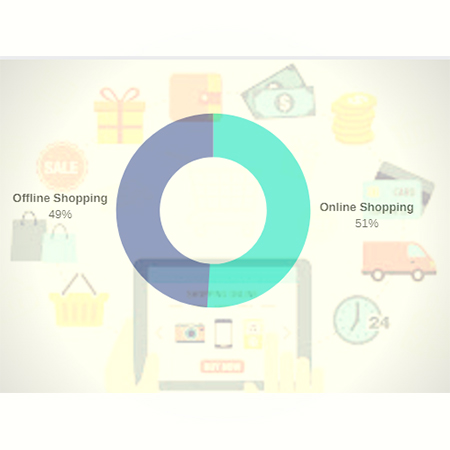
On the basis of the age, the people with the age of 35–45 years are most involved and are on the eCommerce sites with the intent to make purchase.
· Click to Purchase vs. Window Shopping
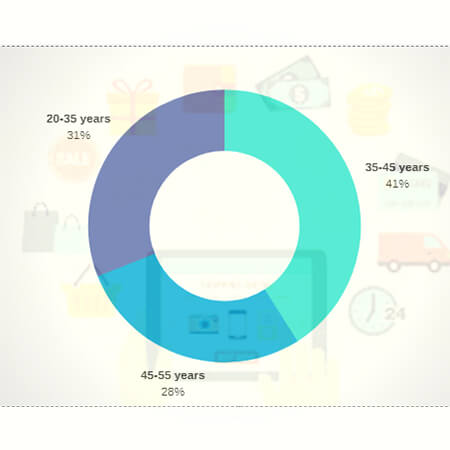
41% of people with the age of 60–75 years and 28% of people above them in America will click to purchase and the younger generation is more involved in window shopping.
· Behavior of People with the Age of 35–45 years of age
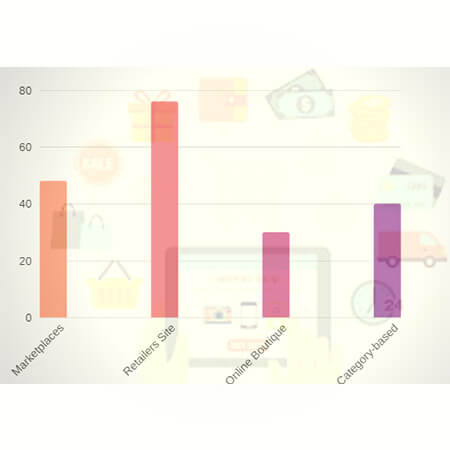
48% of people have shopped on marketplaces, 76% at larger retailer sites, 46% on boutiques, and 29% at category specific online stores.
· eCommerce market segmentation on the basis of gender:
On the basis of the gender, man dominate the online shopping domain.
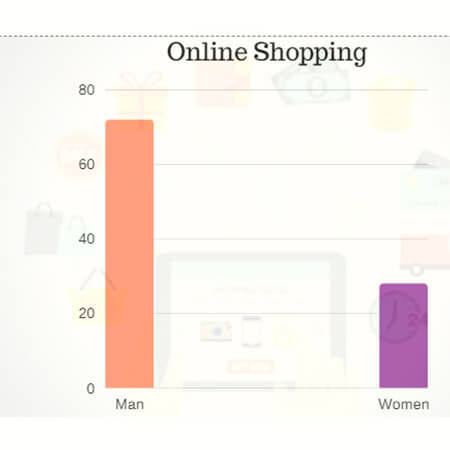
52% of men have shopped on marketplaces, 75% at large retailer sites, 39% on webstores or independent boutiques, and 31% at category-specific online stores.

56% of women have shopped on marketplaces, 74% at large retailer sites, 48% on webstores or independent boutiques, and 40% at category-specific online stores.
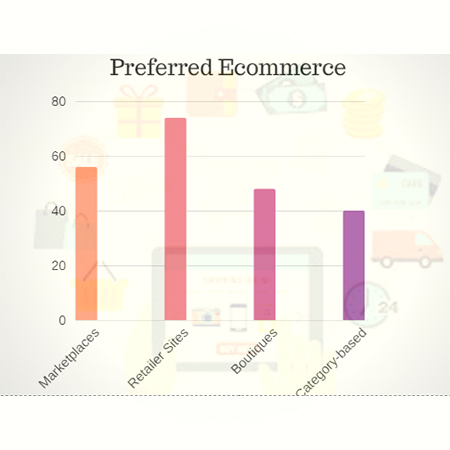
· eCommerce trends by city size
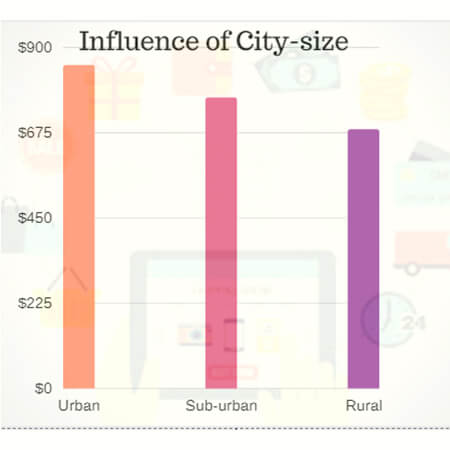
Although they have greater proximity to physical stores, customers in large or mid-size metropolitan areas spend more online annually ($853) than suburban shoppers ($768) or those in rural areas ($684).
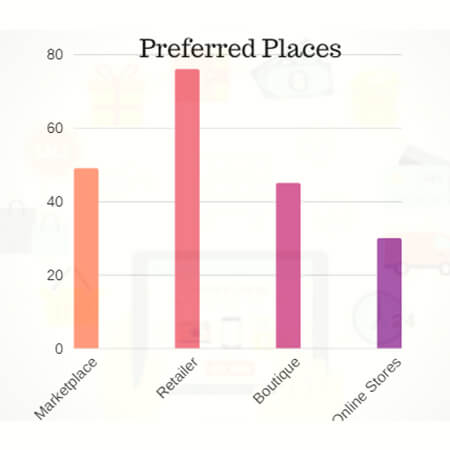
49% of Americans in metropolitan areas have shopped on marketplaces, 76% at large retailer sites, 45% on webstores or independent boutiques, and 30% at category-specific online stores.

60% of Americans in suburban areas have shopped on marketplaces, 73% at large retailer sites, 44% on webstores or independent boutiques, and 42% at category-specific online stores.

58% of Americans in rural areas have shopped on marketplaces, 71% at large retailer sites, 39% on webstores or independent boutiques, and 40% at category-specific online stores.
Get Complete Business Model And Detailed App Features Of This Virgin Business Concept Here
×
We believe in connecting personally, kindly drop your details below and we will connect with you soon on your email with precise information you requested.
Close
What are the stats of online shopping
Social Media Industry once was incepted with an idea to connect the users across the world and keep them engaged on the platform with the help of the various features provided by the platform like comments, microblogging, sharing of images, videos, gifs, audios, etc.
Since then, the revolution began to take place in Social Media industry.
From just an online platform of interaction to a multi-purpose platform, every business man started to fit his idea into an online social business idea.
The opportunities in Social Media became whopping large when it collaborated with eCommerce Industry online webstore, Independent boutiques, B2B marketplace, B2C marketplace, multi-brand stores, classifieds, etc.
The inception of Social Media gave winds to a completely new horizons of Social Commerce.
The effective targeting of audience requires a strong data and statistics about the end-users. But for most of the small and mid-market Social Media business, bandwidth is low and even the resources are sparser.
This is why we did for you. Below you will find Social Media trends, data, and statistics reporting on how actually the customers get involved with the platform.
· User engagement rate on various popular social medias.
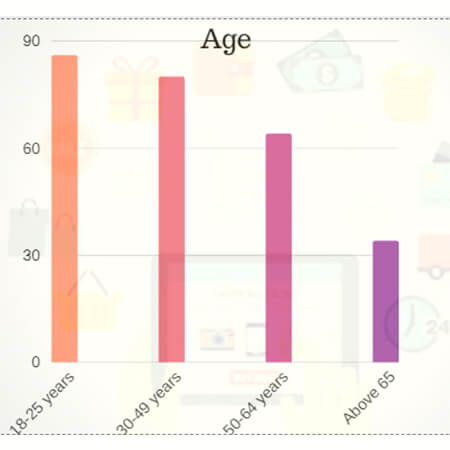
On the basis of the age, the people with the age of 18–29 years show an engagement rate of 86%, the people with 30–49 years show 80% engagement rate, 50–64 years of people show 64%, and people above the age of 65 years show an engagement rate of 34%.
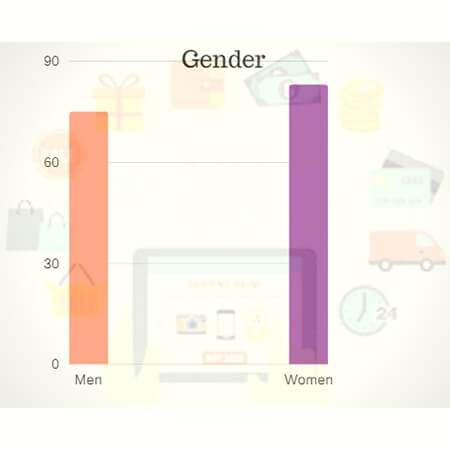
On the basis of the gender, men are engaged in the social media platform with the percentage rate of 75 and women dominate the industry by showing an engagement rate of 83%.
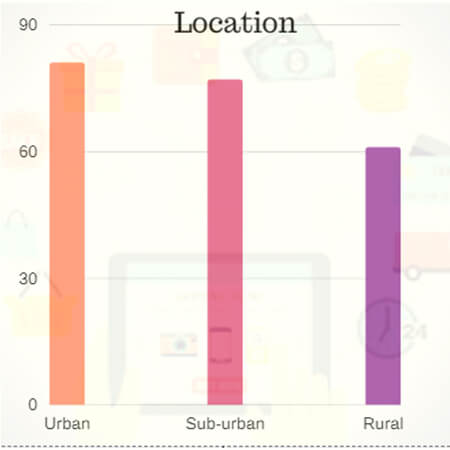
On the basis of the demographics, education plays a major role and accordingly, the people belonging to urban areas show an engagement rate of 81%, the people living in the suburban areas show an engagement rate of 77%, and people hailing from the rural areas show an engagement rate of 61%.
· Opportunities in Social Commerce
Since Social Commerce is an intersection of Social Media and eCommerce portals, the approximate data can be found out by considering all the factors and merging both the ecommerce and social media platform’s data viz. on the basis of the gender, age, and demographics.
By Age
On the basis of age, the people with the age of 35–45 years are the main target audience for the eCommerce platforms and for the social media platform, the people with the age of 18–29 years are the major target audience.
So collectively, the target audience for the social commerce should be the people with the age of 18–45 years of people.
By Gender
When we look at the gender, for the eCommerce platform, the target audience are men and for the social media platform, the target audience are women.
So collectively, the target audience for the social commerce should be both men and women equally.
This is because, the concept of social commerce is a relatively new concept and so without going into the business practically, it cannot be known whether men or women are the actual target. Thus, when shooting for the social commerce business, make sure to give equal importance to both the men and women.
By Demographics
On the basis of the demographic, both the social media and eCommerce have Urban residents as the target audience.
So clearly, here for the social commerce, the main target should be the people belonging to Urban areas rather than suburban and rural areas.
· User Behavior of Social Commerce
Overall usage of the social media is exploding every second. Millions and billions of people are expressing their views about the products on the basis of their likes, comments, shares, tweets, pins, images, etc.
The retailers, brands, and social marketers are therefore elevating towards the social commerce business.
But the majority of them struggle when the like is to convert the ‘like’, ‘comment’, ‘pin’, ‘tweet’, into a sale.
Well, this is not a problem at all when the intent of the business is not confused with the other functionality.
Let’s understand it in a different way. Today, 30% of online shoppers say they would be likely to make a purchase from a social media network like Facebook, Pinterest, Instagram, Twitter or Snapchat. So a dedicated social commerce platform comes into picture.
Stroy At Glance

